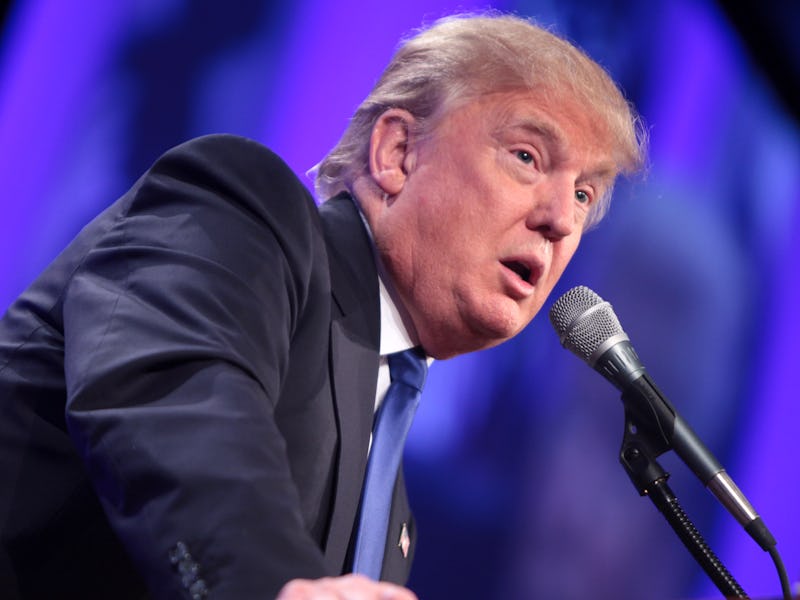Is it possible that for all his branded merchandise, hotels, and cozy feelings about Vladimir Putin, Donald Trump is, in fact, a sad man? There is the obvious negativity, exemplified in his choice of words and ongoing insult hit list. But is Trump, the most unpopular presidential candidate since a former head of the KKK, truly sad?
According to a computer application called Debate in (E)motion, yes. Designed by graduate students at the Data Science Institute of Columbia University, the program analyzes series of five-second video frames taken from this election’s televised debates. Then the program scores itself in how accurate it believes its recognition of emotions is.
A data visualization created by Quartz demonstrates that in the first debate, the program detected “substantially less happiness” in Trump’s face versus that of Hillary Clinton. It also detected surprise, contempt, anger, and “a lot of sadness.”
The software isn’t really perfect, and there is the potential for errors. The system ideally works off video taken from a high frame-rate camera, which is not what is used to tape the debates. Still, the researchers are still confident in its results, and say the patterns of emotions it detects are worth examining.
And while Trump was measured as considerably more sad than Clinton, there were some moments of happiness in the first debate. His happiest? When he told the crowd that the United States economic revival is the worst since the Great Depression.
